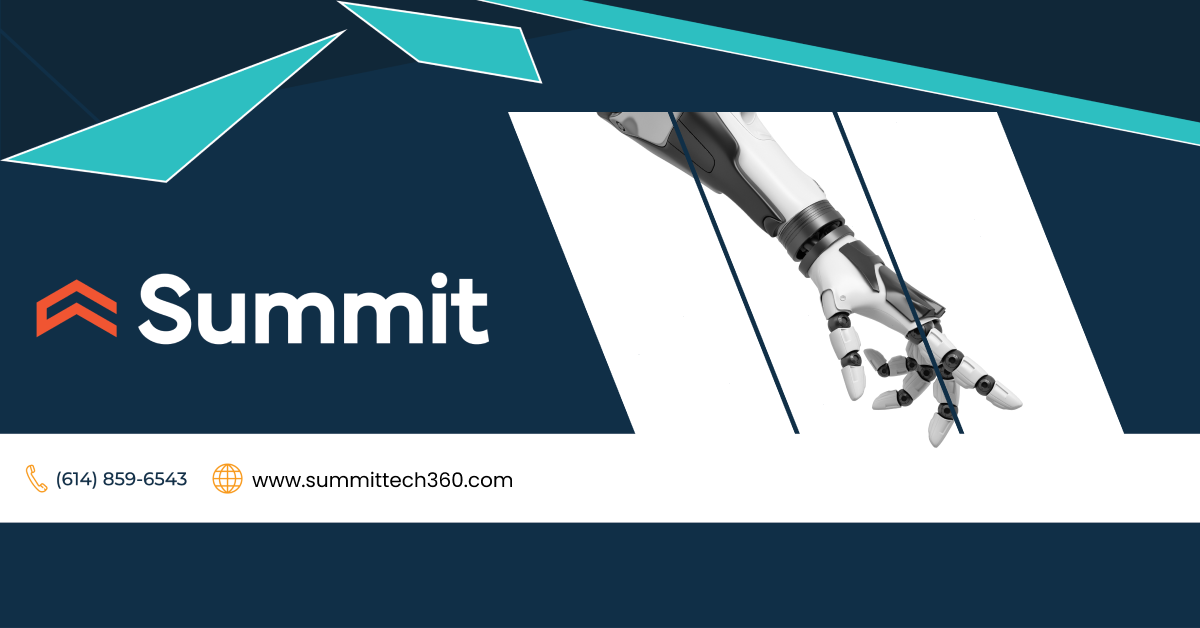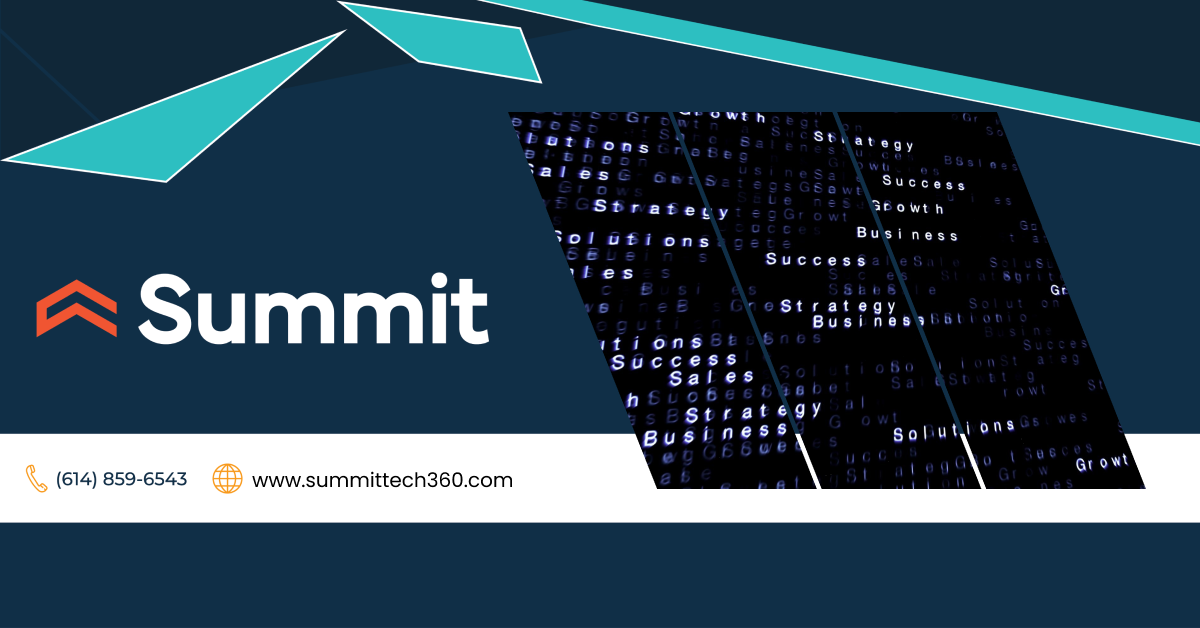
Success in the Fourth Industrial Revolution requires a different mindset and operating model. The key is shifting decision making and operational focus from internal efficiency to external customer engagement.
Business leaders must accept that transformation in the Fourth Industrial Revolution is never over. It is a mode of thinking, working, and operating that enables a company to continuously sense and respond to the emerging and unmet needs of customers, partners, employees, shareholders, and more.
In our sense and respond model the next step is an iterative building methodology. In building a set of respond mechanisms, you focus on a series of quick iterative wins and tests over all-encompassing programs. Summit LLC helps our clients sense, respond, and evolve to meet the needs that are constantly being uncovered.
Don’t stop reading because you think this iterative development process in the Fourth Industrial Revolution is only for technology companies. Summit LLC performs Salesforce innovation projects for higher education, government, transportation, logistics, nonprofit organizations, and more.
Iterative building with Salesforce and Summit could be mapped out like this:
- Conduct experience-focused research
- Map the experience
- Co-create with business and IT stakeholders
- Design, prototype, and iterate
- Plan and build a roadmap
Use agile and iterative development approaches coupled with Salesforce to build a first set of experiences. Pilot functionality prior to full-scale rollout. Work with a small enough team to capture data but large enough to generate a full set of potential results from the changes. Ensure pilot criteria is met prior to rollout.

According to Wikipedia, the basic idea behind the iterative method is to develop a system through repeated cycles and in smaller portions at a time, allowing developers to take advantage of what was learned during development of earlier parts or versions of the system. Learning comes both from the development and the use of the system and this is the key to success. At each iteration, design modifications are made and new functional capabilities are added.
At Summit, we look at it this way. Think big but act small. Tackle the whole turkey one bite at a time.
Empower small teams to identify challenges and build a Salesforce prototype to tackle them. Define and build a sample. Bring your idea to life giving end users a taste of what will be and give valuable feedback.
Pilot, test and learn.
Have the call center test a new call flow. Have your service team test a new method of handling customer inquiries. The proof is in the pudding and the folks who deal with the issues daily will know best how to manage and test the prototype. When you have a solid batch of feedback and several rounds of testing it is time to take the prototype to scale and roll it out.
Sometimes a change as simple as adding an automated workflow in Salesforce can be the change you need to get through one iteration of improving your Salesforce experience and be ready to tackle the next.
Having a well-designed, architected, and implemented solution that addresses unmet customer needs as outlined in the first three steps is important, but value generation ultimately depends on people adopting the solution and making it part of the way they work, day in and day out.
Gone are the days of the “if you build it, they will come” mentality. It worked for Kevin Costner, but hey, that was Iowa.
Having tools and mechanisms in place to measure adoption and engage stakeholders in driving ongoing improvements is essential if you want to achieve sustained end-user engagement, and ensure that what’s been built will meet and exceed the evolving needs of your customers.
Consider taking the following steps to measure progress, gather insights, and apply learnings to optimize solution value:
- Measure what matters
- Empower leaders
- Engage end users
- Close the feedback loop
Now let’s work together to roll out each iteration and measure our success. In the next article we will look at measuring and scaling results.


























